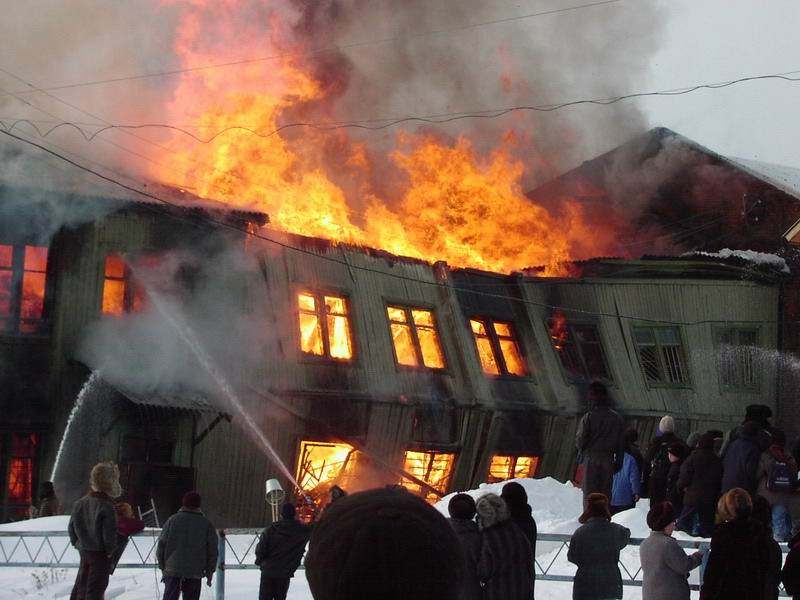
- •Introduction
- •History
- •Classification of Concretes
- •Materials for Heavy Concrete
- •Properties of Concrete Mixes and Concretes
- •Preparation and Transportation of Concrete Mixes
- •Fig. 3. Continuous concrete mixer
- •Placing Concrete Mixes, Curing Concrete and Quality Control
- •Internal vibrators are used for compacting concrete mixes in massive constructions of great depth (thickness). Used as internal vibrators are:
- •In cold seasons, concrete should be protected against excessive cooling, which slows down hardening, and the more so against freezing.
- •Specific Properties of Concrete
- •Environment and health
- •Building with concrete
- •Concrete as environmentally friendly choice
Building with concrete
Concrete is one of the most durable building materials. It provides superior fire resistance, compared with wooden construction and can gain strength over time. Structures made of concrete can have a long service life. Concrete is the most widely used construction material in the world with annual consumption estimated at between 21 and 31 billion tonnes.
Energy efficiency. Energy requirements for transportation of concrete are low because it is produced locally from local resources, typically manufactured within 100 kilometers of the job site. Once in place, concrete offers significant energy efficiency over the lifetime of a building. Concrete walls leak air far less than those made of wood-frames. Air leakage accounts for a large percentage of energy loss from a home. The thermal mass properties of concrete increase the efficiency of both residential and commercial buildings. By storing and releasing the energy needed for heating or cooling, concrete's thermal mass delivers year-round benefits by reducing temperature swings inside and minimizing heating and cooling costs. While insulation reduces energy loss through the building envelope, thermal mass uses walls to store and release energy. Modern concrete wall systems use both insulation and thermal mass to create an energy-efficient building. Insulating Concrete Forms (ICFs) are hollow blocks or panels made of either insulating foam or rastra that are stacked to form the shape of the walls of a building and then filled with reinforced concrete to create the structure.
 Fire
safety.
Concrete buildings are more resistant to fire than those constructed
using wood or steel frames, since concrete does not burn. Concrete
reduces the risk of structural collapse and is an effective fire
shield, providing safe means of escape for occupants and protection
for fire fighters.
Fire
safety.
Concrete buildings are more resistant to fire than those constructed
using wood or steel frames, since concrete does not burn. Concrete
reduces the risk of structural collapse and is an effective fire
shield, providing safe means of escape for occupants and protection
for fire fighters.
Options for non-combustible construction include floors, ceilings and roofs made of cast-in-place and hollow-core precast concrete. For walls, concrete masonry technology and Insulating Concrete Forms (ICFs) are additional options. ICFs are hollow blocks or panels made of fire-proof insulating foam that are stacked to form the shape of the walls of a building and then filled with reinforced concrete to create the structure.
Concrete also provides the best resistance of any building material to high winds, hurricanes, tornadoes due to its lateral stiffness that results in minimal horizontal movement.
Earthquake safety. As discussed above, concrete is very strong in compression, but weak in tension. Larger earthquakes can generate very large shear loads on structures. These shear loads subject the structure to both tensional and compressional loads. Concrete structures without reinforcing, like other unreinforced masonry structures, can fail during severe earthquake shaking. Unreinforced masonry structures constitute one of the largest earthquake risks globally. These risks can be reduced through seismic retrofitting of at-risk buildings.
